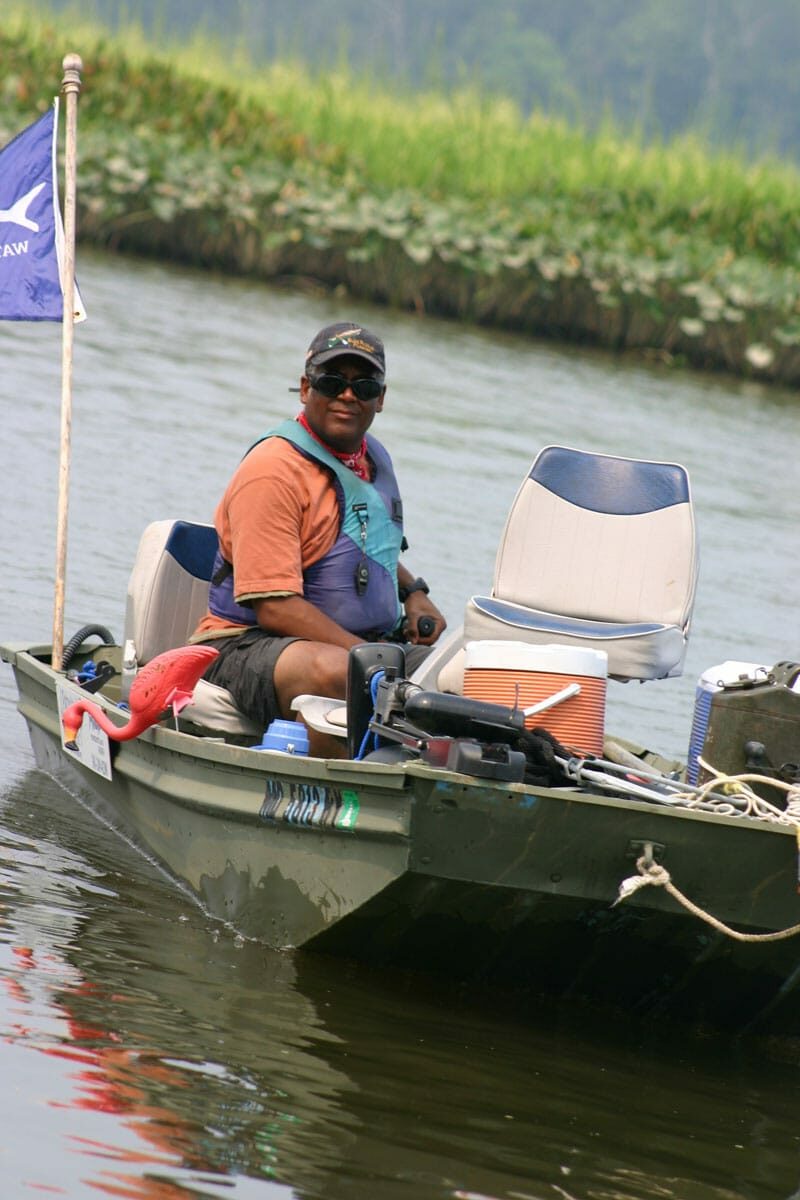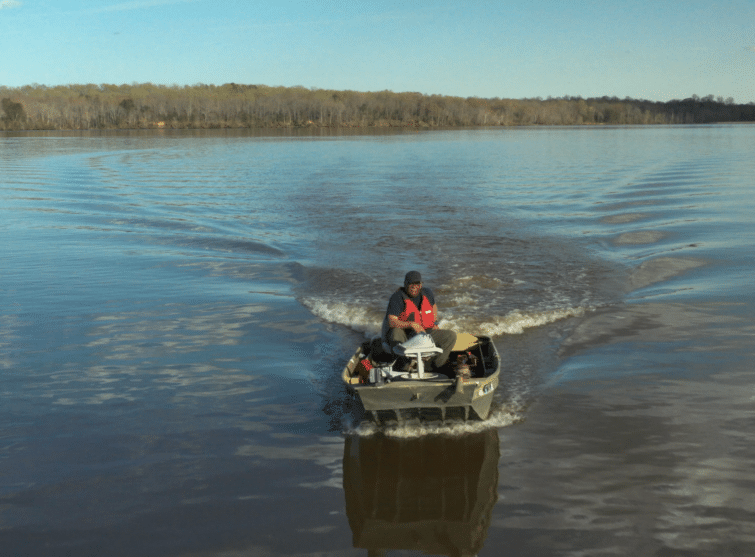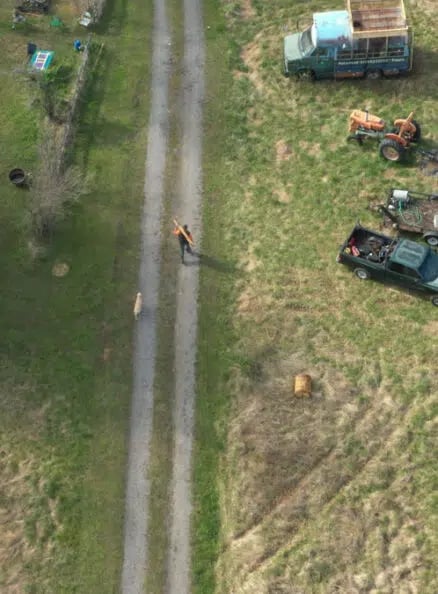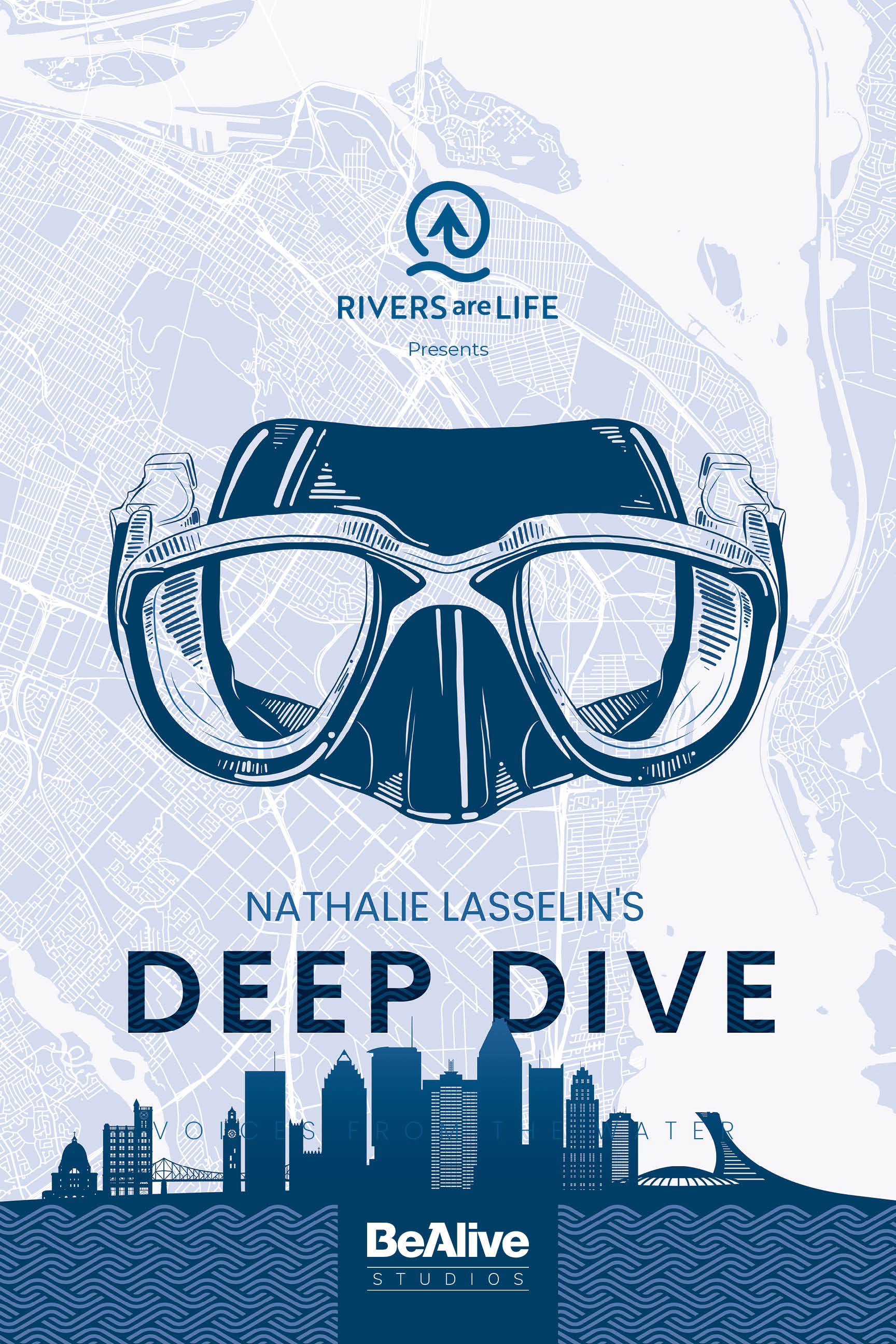THE RIVER KEEPER - FRED TUTMAN
Presented By: Rivers Are Life
"WE KEEP THE PILOT ON FOR A JUST AND EQUITABLE COMMUNITY OF PEOPLE IN SYNC WITH NATURE AND TRYING TO CREATE A MORE SUSTAINABLE PLANET."
Patuxent Tiverkeeper
Fred is a committed environmentalist with many front-line experiences dealing with topical conservation issues. His professional life spans a variety of career evolutions, rich with unusual experiences and insights. As a former journalist, he has traveled extensively, often as a witness to newsworthy and notable events. As an outdoor adventurer and Patuxent Riverkeeper, Fred has a true passion for taking roads less traveled and protecting those roads for generations to come.
Fred and his work is featured in the video below.
ver drains into Mahim Bay, where it ultimately joins the Arabian Sea and the Indian Ocean.
Patuxent River
The Patuxent River is a tributary of the Chesapeake Bay in the state of Maryland. There are three main river drainages for central Maryland: the Potomac River to the west passing through Washington, D.C., the Patapsco River to the northeast passing through Baltimore, and the Patuxent River between the two. The 908-square-mile (2,352 km2) Patuxent watershed had a rapidly growing population of 590,769 in 2000. It is the largest and longest river entirely within Maryland, and its watershed is the largest completely within the state. (Source: Wikipedia)
Time For A Change
In 2004, Fred Tutman burned his press credentials.
Working in telecommunications had been gnawing at him – he couldn’t stand reporting on human suffering but doing nothing to fix or change it. He began to feel like he was part of the problem.
“We amplified all the bad news. So, I decided to reinvest in my own community.”
That community is the Patuxent River, where Tutman’s family has lived since the 1700s. When he was a child, Tutman would ride tobacco wagons near the corner of Mill Branch Road and Queen Anne Bridge Road and drink from the gulley.
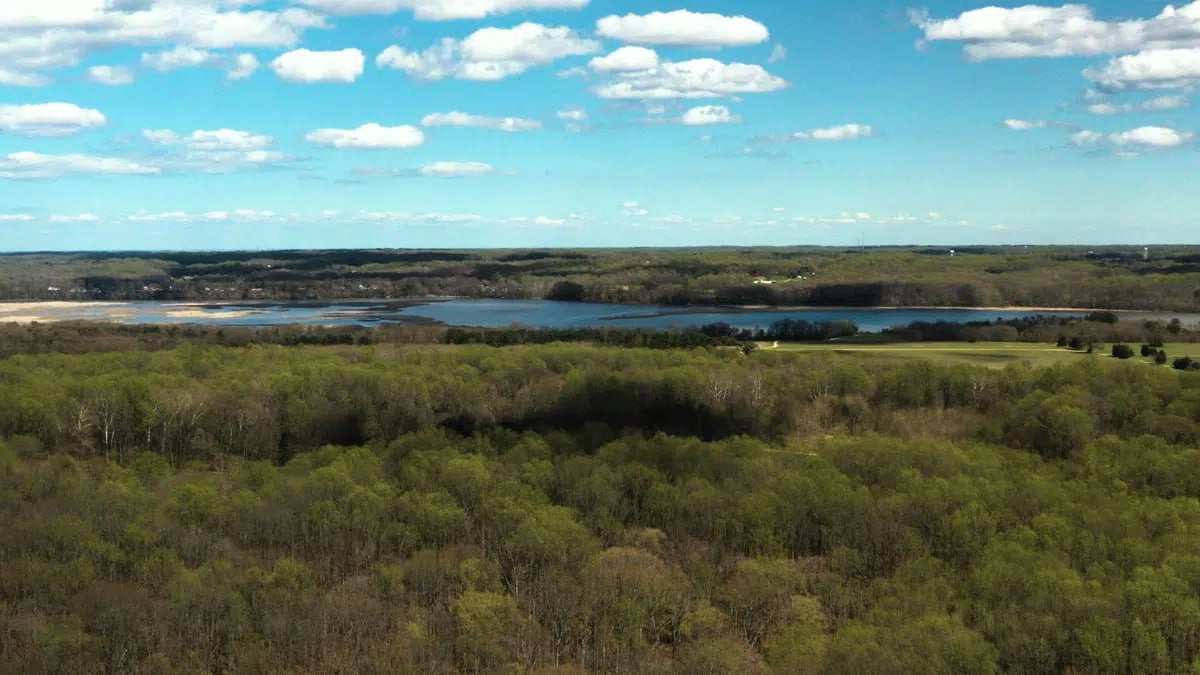
Science of Sustainability
The most prevalent pollutants in the Patuxent River river are nitrogen, phosphorus, and sediment, according to the Patuxent River 20/20 report, co-authored by Jennifer Bevan-Dangel and Tutman. These nutrients feed algae blooms that choke out other life in the river. Then, when the blooms die, the decomposition process squanders oxygen, creating “dead zones” where life cannot grow.
The biggest contributors to these pollutants? Human impact. Urban runoff, agriculture, point sources such as wastewater treatment plants, and septic systems contribute 84% of what’s found in the river. Only 1% comes from atmospheric deposition.
Discover MoreMaking the Grade
Despite being the first river in Maryland ordered for cleanup under the 1972 Clean Water Act, the Patuxent has consistently earned a failing grade on its annual eco report card.
“The river was a place we drafted water for crops, a place where we fished. A river was a place we enjoyed going and sitting because it was quiet and pretty and pleasant – it was free.”
“I like to imagine what this river might’ve looked like 200, 300, 400 years ago,” says Tutman. “Did it look much like this? I suspect it probably did. It probably did, except there were probably a lot more fish in it in those days. The water quality was much better.’
River Advocate
Tutman is like the Lorax of the Patuxent River – he diligently protects its waters by fighting to keep pollution out. As riverkeeper, he uses his background in law to advocate for making pollution unprofitable.
Tutman is the only African-American Waterkeeper in the nation.
“It’s basically taking enforcement into the private sector,” he says.
Over 16 years, Tutman has prevailed in eight lawsuits, winning nearly a half-billion dollars in judicial penalties, fines, and reparations from polluters. One of those victories led to the closing of the Brandywine coal-waste disposal site – the seventh-worst in the nation.
“That really excited me that you could take on superior odds, and if you were skillful and knowledgeable and maybe if you had legal knowledge and some just sheer gumption, just brass – that maybe you could change the fate of something,” says Tutman.
“Before Fred, we didn’t have anyone that we could turn to and find out what was going on in regard to the town’s waterfront,” says Maryland Mayor James Crudup. “Recently he was very instrumental in our receiving grants from the Department of Environmental Resources, including a $100,000 grant to help creek flooding and erosion.”

100 SPECIES OF FISH
The Patuxent River is home to 100 species of fish including bass, catfish, chain pickerel, and bluefish

7 COUNTIES
The watershed organization spans 7 counties in Maryland

770MM+
In reparational funds received through litigating on the river’s behalf.


